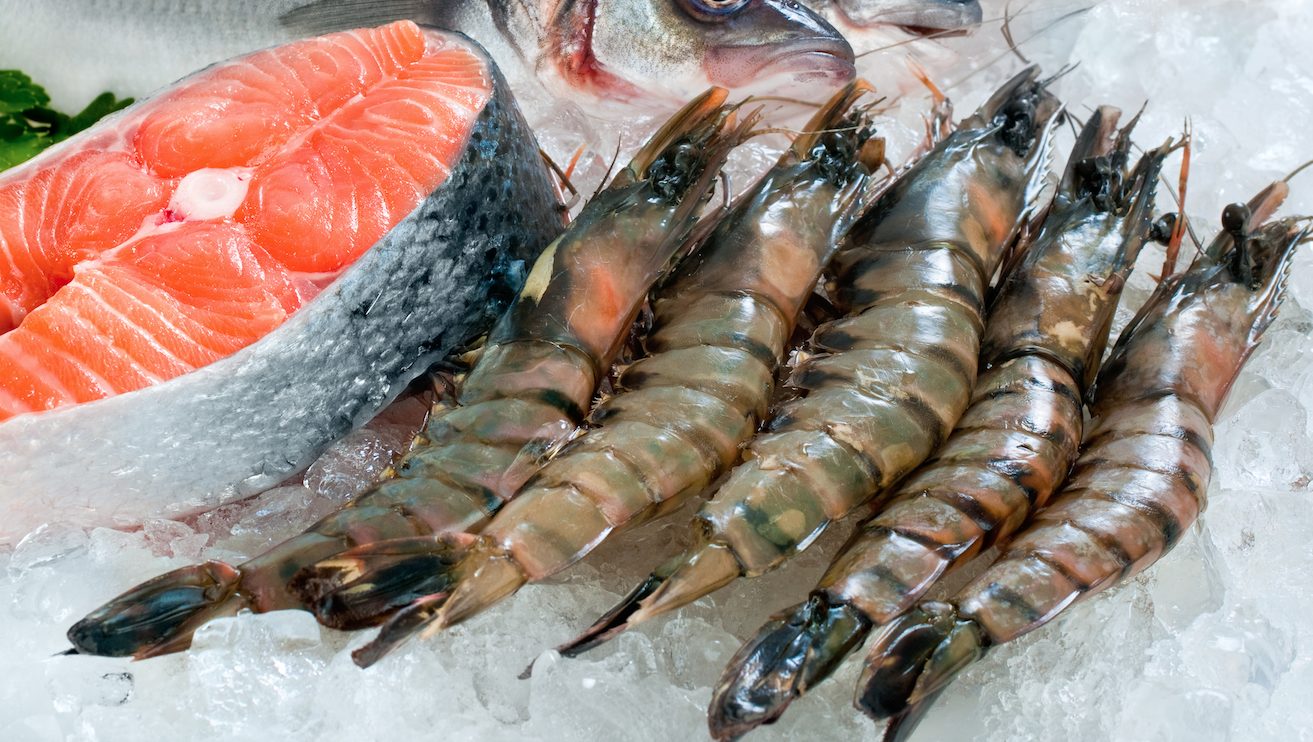Salmon rides high as shrimp producers struggle, Rabobank says

Salmon will hold on to its position as the most profitable sector in aquaculture through 2024, while shrimp farmers are set to face continuing challenges.
That’s the prediction in the latest Global Aquaculture Update from Netherlands-based Rabobank.
Subtitled “The new normal”, the forecast for H1 2024 says the global salmon industry will continue to be the most profitable aquaculture sector. The shrimp industry is struggling to stabilise amid oversupply, low prices, and weak Chinese import demand.
Further good news for the salmon farmers is that global fishmeal supply is expected to improve, and prices should normalise. The effects of El Niño in Peru are receding, although risks remain, the report says. Fish meal demand remains good, but it is likely to be influenced by the lower prices of vegetable alternatives.
Rabobank says that after two consecutive years of contracting salmon supply, 2024 is set to see positive, if not dramatic supply growth. This is mainly due, the report says, to improving production conditions in Norway, but Canada, the UK and Iceland are also expected to contribute to overall growth in supply. The only exception, Rabobank says, is Chile.
Salmon is also expected to remain competitive in relation to other animal proteins (see graph below) – after a short period in 2022 when salmon prices spiked – thanks to expected lower feed prices. Rabobank expects only a mild softening of salmon prices this year.
Gorjan Nikolik, Senior Global Seafood Specialist at Rabobank, said: “Relative to the first half of 2023, supply will be boosted by likely better biological conditions in Norway, Canada, the UK, Faroes and Iceland.
“Chile, however, is a risk factor. Part of the lower supply expectation is due to legislation at the company level. We could see further biological challenges induced by El Niño.”
The periodic El Niño ocean climate phenomenon had a particularly strong impact on the first season for the Peruvian anchovy fisheries during 2023. Based on results so far from that year’s second season, Rabobank is hopeful that in the first half of this year, the catch will be near normal or at last much better than the year before.
Nikolik adds: “Normalising salmon supply and likely better fish meal and fish oil production will soften prices in 2024, but only marginally, establishing a new higher price normal. For shrimp, the current low prices may also become the new normal.”

Shrimp continues to disappoint
In 2023, the shrimp farming industry faced one of the most challenging years for more than a decade, Rabobank says. Weak shrimp demand in the West, combined with persistently strong supply from Ecuador, created price levels even lower than the lowest point in the pandemic (2H 2020), while costs remained elevated due to high feed prices.
Nikolik said: “Without a supply reduction, prices will remain at low levels. A key concern is weakness in Chinese import demand. While Chinese demand may still be positive, high inventory levels and a slightly lower renminbi will dampen a shrimp price recovery.”
There were hopes in 2023 that demand for shrimp would go up in China following the easing of Covid-19 lockdowns there, which led to speculative buying in the market. In fact, consumer demand for shrimp in China did not meet expectations and, Rabobank says, growth in local shrimp supply could further reduce imports to the country.
Production worldwide is expected to reduce, the report says, with the biggest contraction affecting producers in Asia. There is a risk, however, that Ecuadorian producers might also have to rein back.
Rabobank says: “Even the most efficient producers are struggling to break even at the current price levels.”
The picture for US shrimp imports is more optimistic, after a year on year fall of 20% by value in October 2023. although demand growth there is not expected to be spectacular. Demand in Europe is expected to remain soft.


